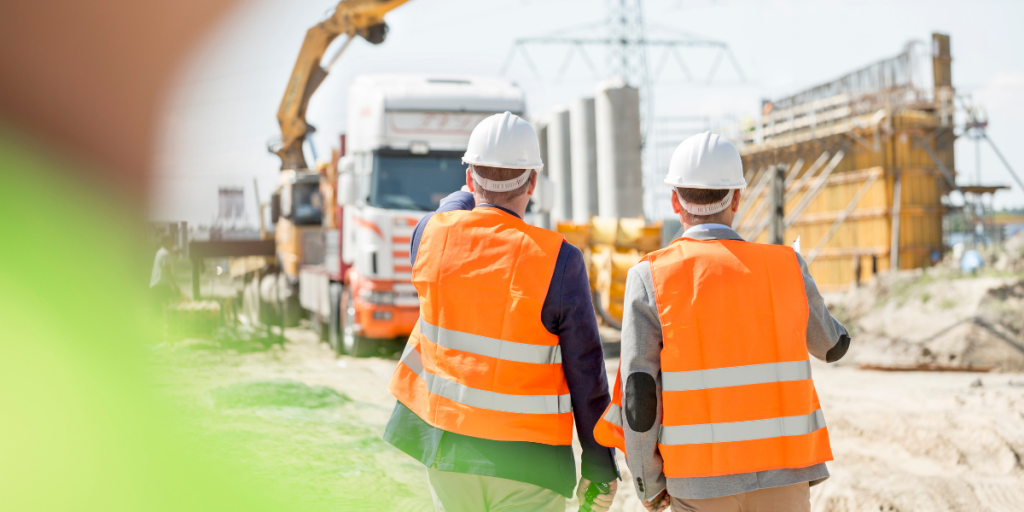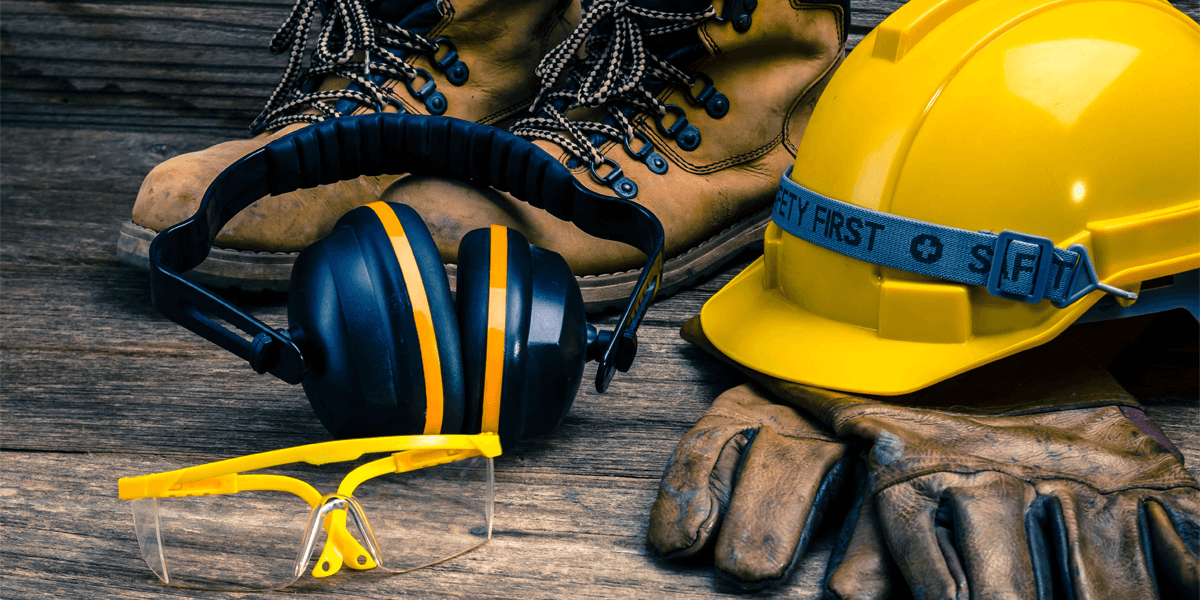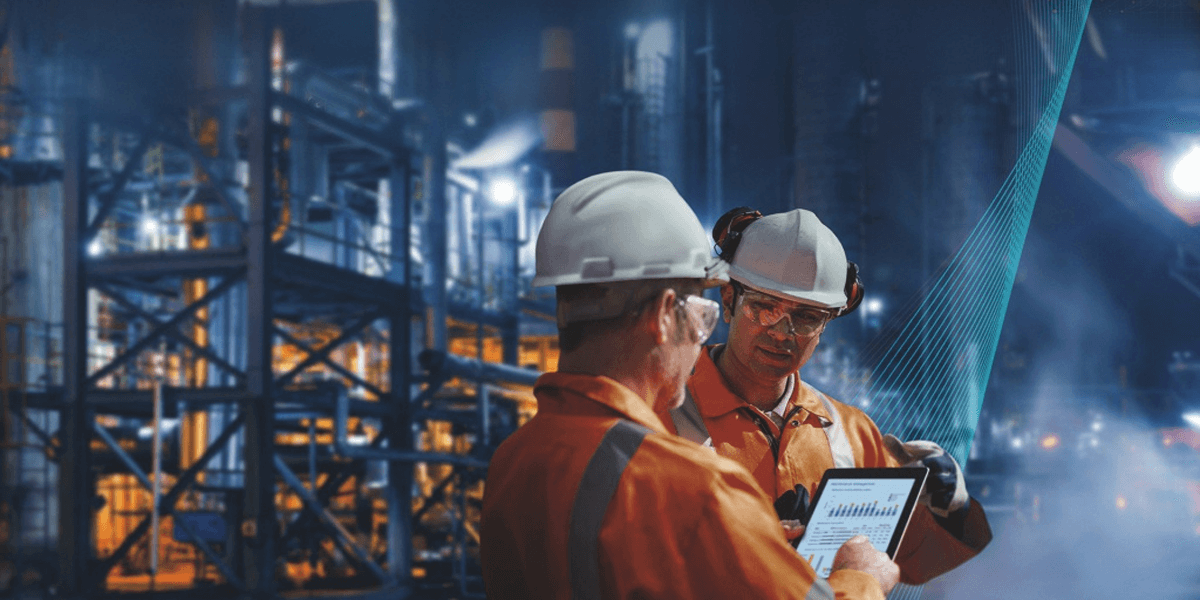
Table of Contents
Introduction
The pre-commissioning and commissioning stages are critical to the construction workplace. All the teams involved should pay attention, vigilantly check for hazards, and take appropriate action to tackle them.
When we see the buildings beside us, we look at the architecture and always form an opinion. Some are man-made marvels, some mediocre, while some are technically correct. But one thing common in construction work, and this includes buildings, roads, bridges, and all possible sites included in the sector, is that they involve tedious and arduous work.
The construction industry must plan rigorously before taking on any project. Of course, as the work progresses, many changes take place, but the initial planning is of the utmost importance.
If you are reading this blog, there is a high chance that you are related to the construction industry and know how vital the pre-commissioning and commissioning stages are. Additionally, safety during the pre-commissioning and commissioning phases need extra attention.
We all know about the commissioning safety hazards of the construction industry. But let us look closely at the hazards involved during these stages and whether commissioning hazards requires updating the existing safety measures.
What Happens During the Commissioning and Pre-Commissioning Stages?
Let us see what pre-commissioning is in construction.
During the pre-commissioning stage, teams must test all machines and equipment to ensure they function correctly. They should be appropriately & comprehensively checked for damages, and all the features must work properly to start operations smoothly. The competent staff reviews the entire setup to ensure everything from documentation to equipment is in safe and proper condition.
Similarly, in the commissioning stage, the team checks whether all the tasks, documentation, and equipment are ready for processes to start. These testing and commissioning safety precautions ensure that the site is prepared and safe for the actual work to begin.
Possible Hazards During the Commissioning and Pre-Commissioning Stages
Safety is everyone’s responsibility when managing workplace tasks. The same goes for the pre-commissioning and commissioning stages of the construction sector.
For example, even if the equipment has been doubly checked, the user must ensure that it is safe to work on/with, read the manual, and personally inspect its functioning. Remember, human and machine errors are always possible and can be avoided if the worker is vigilant, alert, and responsible.
Let us discuss team-wise roles, responsibilities, possible hazards, safety during the commissioning, and solutions during the commissioning and pre-commissioning stages.
Construction Team
The construction team is responsible for managing the safety aspects of heavy civil equipment, moving pieces of large equipment, and all the related construction safety aspects.
An incident is likely to occur if the construction team does not set the correct barriers and boundaries at the worksites. They need to keep an eye out that the place is accessed only by the required & trained professionals. Additionally, the construction team should stay within their workplace boundary and complete the work dedicated to them.
Health, Environment and Safety Team (HSE)
The HSE team has to work closely with the commissioning team of all the departments to know their work properly. From equipment work to technical details of the project, the HSE team needs to know the details to ensure the project execution and commissioning safety plan is compliant in all forms.
Suppose the HSE team is not properly checking the technical details and equipment used; there is a chance of possible hazards. Because if anything is not compliant with the environment or green belt safety measures, the project can be stayed by authorities, creating innumerable problems.
Operating Team
These include the PTW and LOTO teams. The operating team ensures that the machinery works as per the defined rules described in the commissioning and pre-commissioning period.
The PTW authorities must ensure that operational, maintenance, scheduled, and unscheduled works are in sync with the plans.
The LOTO team should know how to manage resources, eliminate human error & increase information availability.
This team is responsible for switching off and on all the equipment and giving permissions to the equipment operator. Thus, the company may have to bear a huge loss if the equipment breaks or the equipment operator gets injured. And trust us, it is more dangerous than it actually sounds.
Emergency Response Team
The name itself has an emergency, so apart from being vigilant, this team must ensure they are the “Mr know it all.” They should be able to take over the emergency situation, quickly resolve the issues and deal with any incident. This team should have effective Emergency Preparedness & Response Planning, ensuring that employers and workers have the necessary equipment, know where to go, and know how to keep themselves safe during an emergency.
Expert Consulting
It is always better to hire the best consultants regarding workplace safety. Therefore, having an EHS team of consultants who can guide you and be with you at every step of the work stages will be a blessing in disguise. These consultants know critically every piece of information required to be compliant and safe. Additionally, they have a set of tools and digital devices to make the work easier.
For example, if you have a safety consultant, they can intricately tell you about the dos and don’ts in the pre-commissioning and commissioning phases of construction. Also, if you have a digital tool to ensure that the checklist is actually checked, approved, and in place, you know you have less to worry about.
Conclusion
The pre-commissioning and commissioning stages are critical to the project’s success. All the respective teams should pay attention, vigilantly check for hazards, and take appropriate action to tackle them. From ensuring that proper wearables are available to wearing the situationally appropriate ones whenever necessary, every minute safety detail must be followed.
As the saying goes, “well begun is half done.”
Therefore, if the safety and successful execution of the above steps are ensured, the project will run smoothly with minimum hurdles. And when it comes to industrial pre-commissioning, it is always better to consult the experts or hire HSE consultants to ensure that you are on the right path right from the start!



